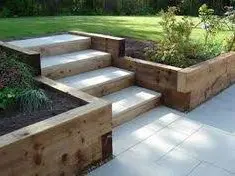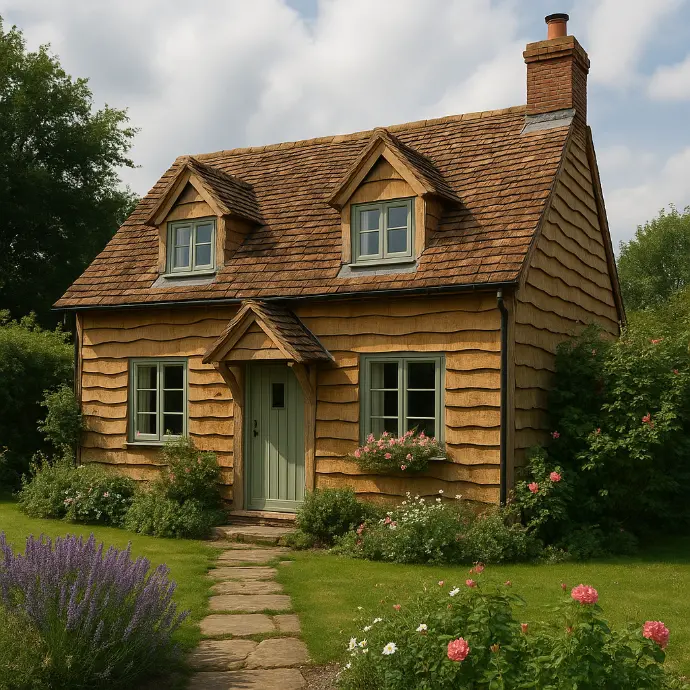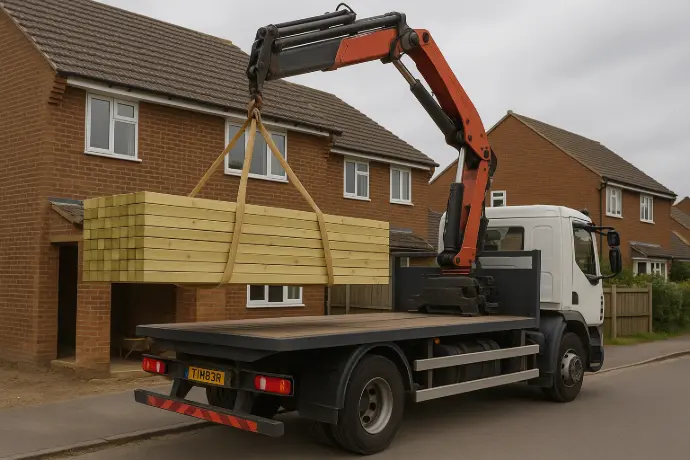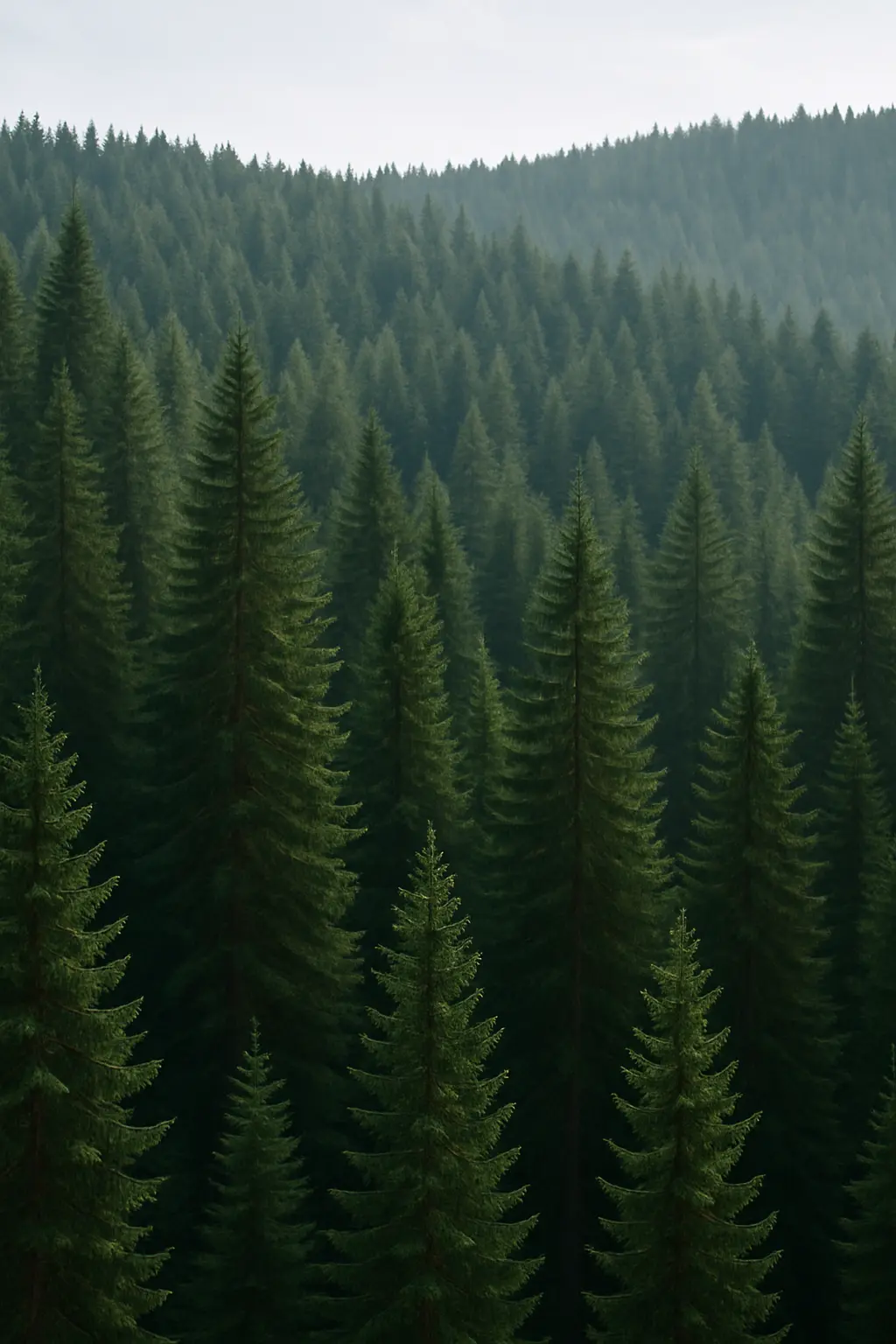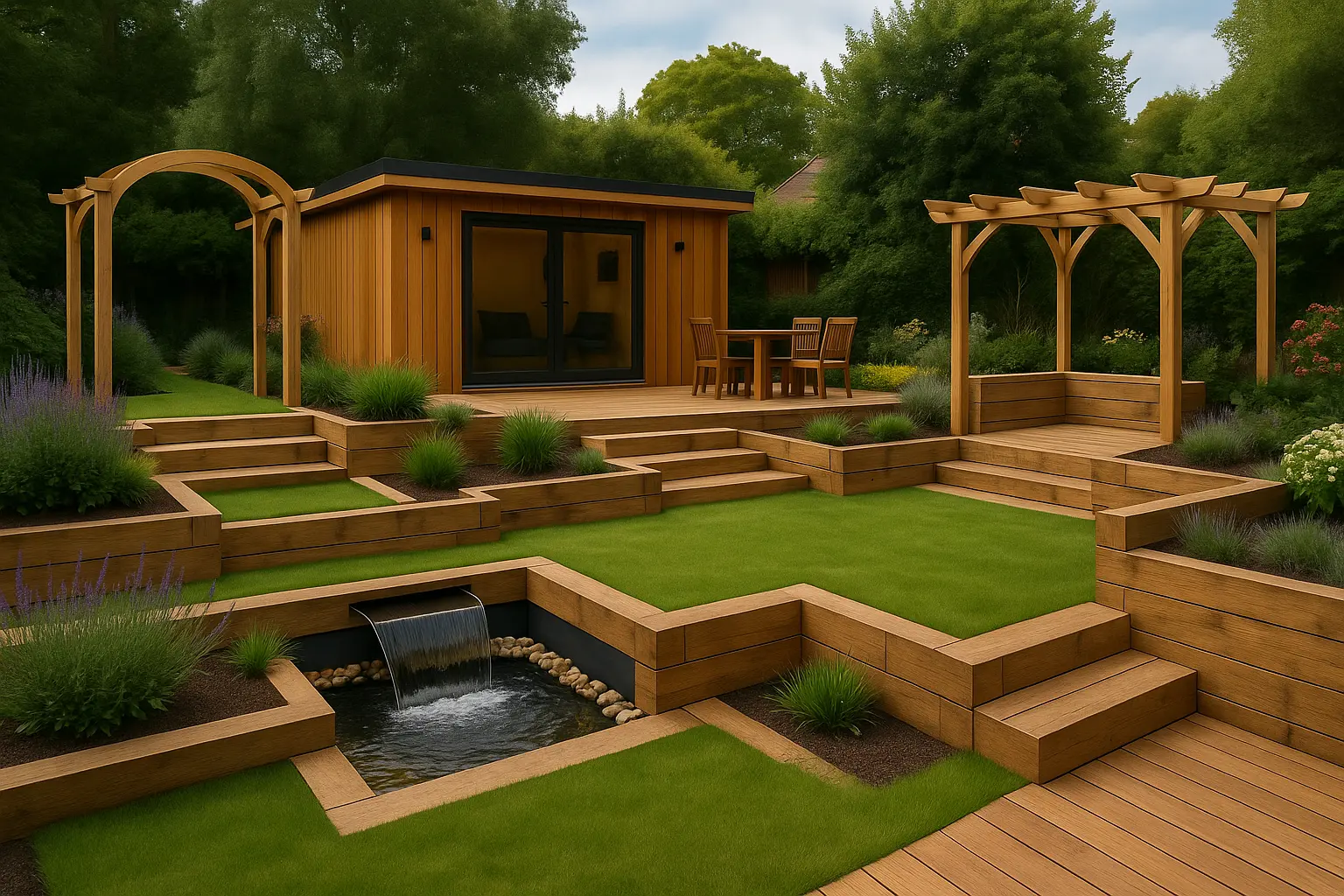Contact Us hello@simplytimber.co.uk
Phew, you made it! Welcome to Simply Timber, a leading distributor of constructional timber products throughout England, with a passion for customer service.
We pride ourselves on providing something that no other merchant seems to offer - REAL trade prices to the retail or DIY customer. With decades of experience working in the merchanting industry, we have tirelessly built a enviable supplier network, and have negotiated the lowest available trade rates so that you can rest assured that you are receiving the best price, first time around.
Forest fresh quality, fast delivery and expert knowledge at your fingertips, we strive to make your timber sourcing simple, and hassle free.
Budget Prices
Don't pay over the odds
Fresh Quality
Never compromised
Fast Delivery
Typically 2 working days
Expert Advice
Live chat available
Secure Payments
3D Secure through Stripe
Returns Accepted
For peace of mind
Fancy A Monthly Price List?
Welcome To Simply Timber!
Simply Timber is a leading distributor of sawn timber and sheet material products throughout England, with a focus on prioritising customer service.
We pride ourselves on providing something that no other merchant seems to offer - REAL trade prices to the retail or DIY customer. With decades of experience working in the merchanting industry, we have tirelessly built a enviable supplier network, and have negotiated the lowest available trade rates so that you can rest assured that you are receiving the best price, first time around.
Forest fresh quality, fast delivery and expert knowledge at your fingertips, we strive to make your timber sourcing simple, and hassle free.

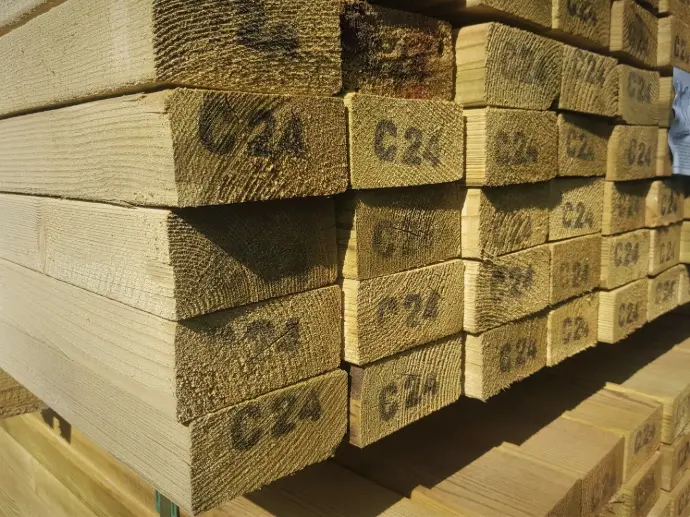
Sawn & Treated
Rough Sawn, C24 Structural Timber, Batten & Firrings
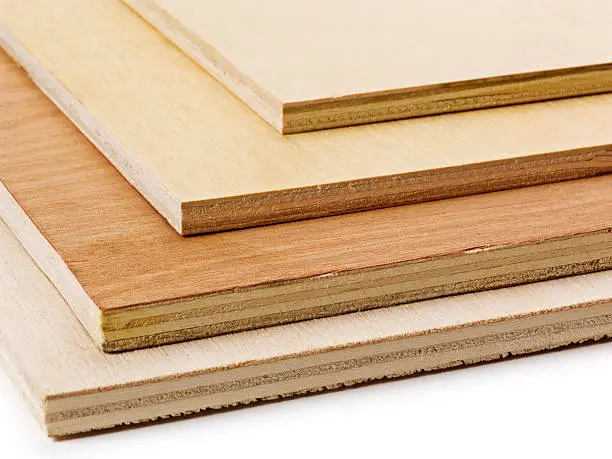
Sheets Materials
Plywood, MDF, OSB & Chipboard
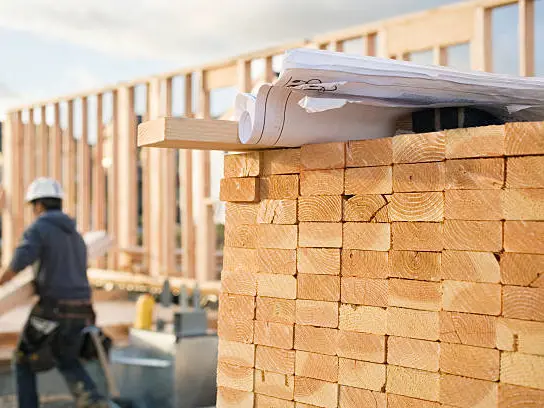
CLS & Joinery
CLS, Planed All Round (PAR) & Door Linings
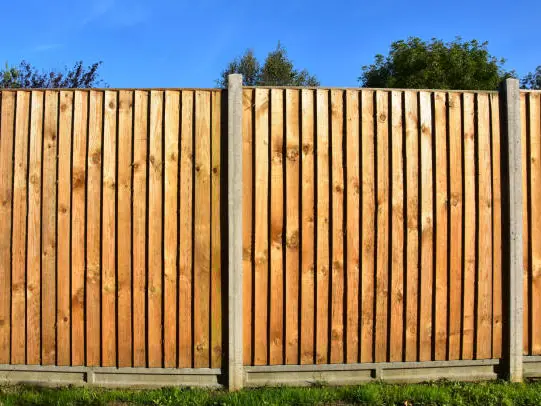
Fencing
Panels, Posts, Gravel Boards, Post Concrete
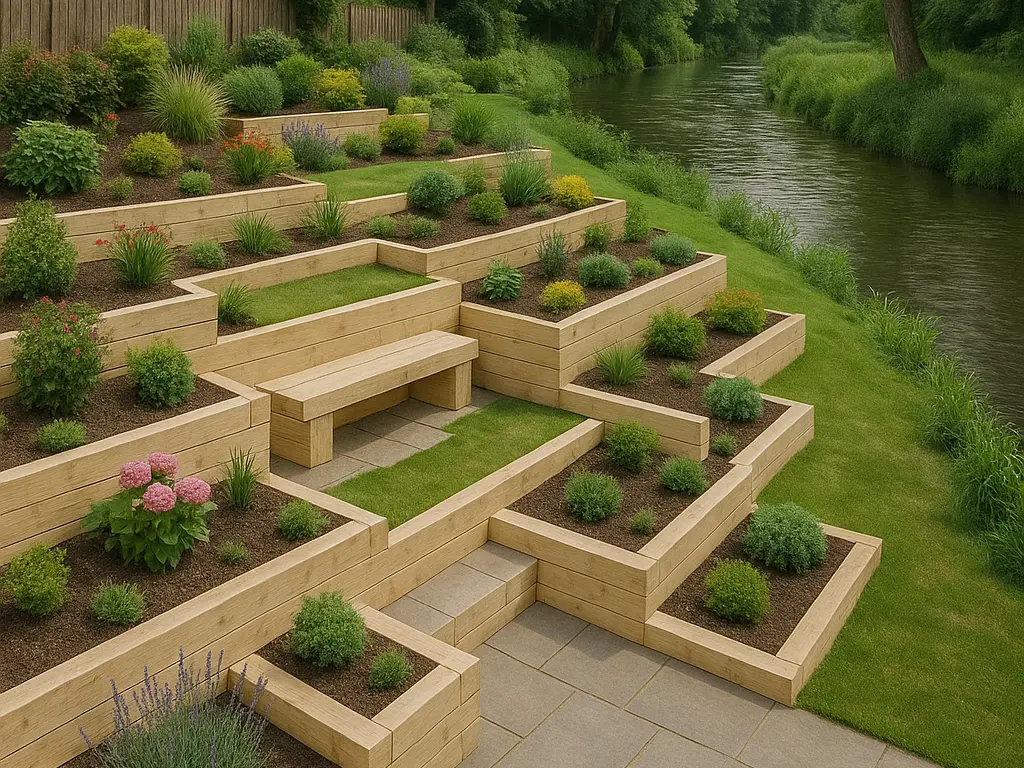
Landscaping Sleepers
Softwood in Green & Brown, Oak & Reclaimed
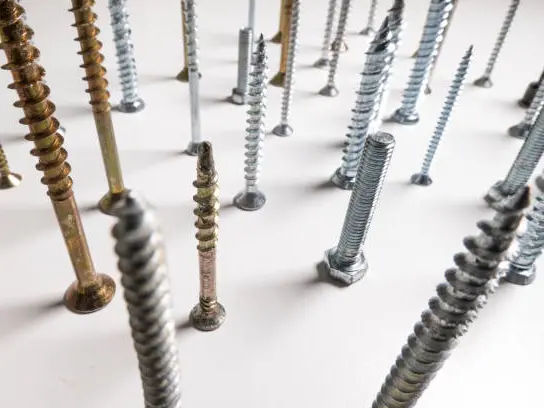
Ancillaries
Screws, Bolts, Preservatives & More
Budget Prices
Don't pay over the odds
Fresh Quality
Never compromised
Fast Delivery
Typically 2 working days
Expert Advice
Live chat available
Secure Payments
3D secure through Stripe
Returns Accepted
For peace of mind
